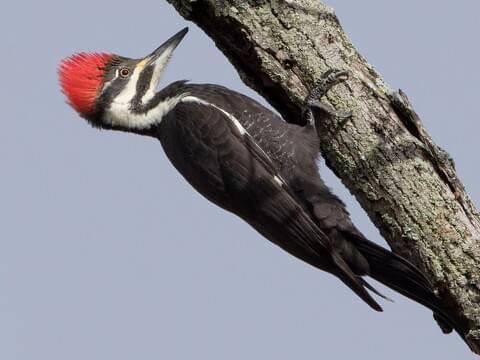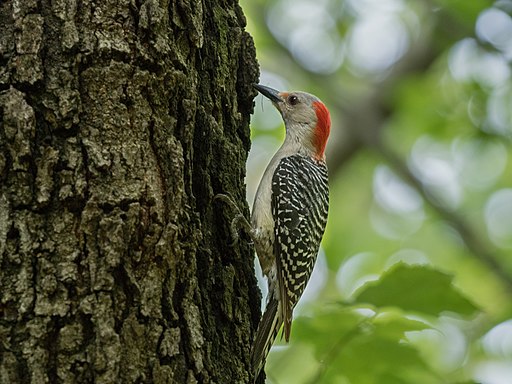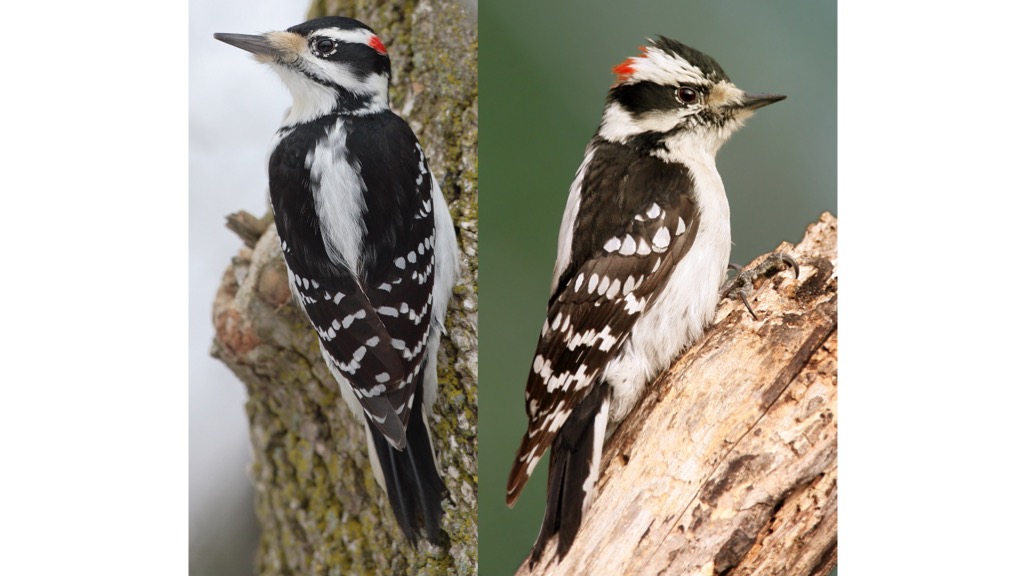Running Into Woodpeckers in Florida: Variety Variety and Recognition
Running Into Woodpeckers in Florida: Variety Variety and Recognition
Blog Article
Discover the Remarkable World of Woodpeckers: Everything You Need to Know
The globe of woodpeckers is a realm filled up with distinct behaviors, detailed adjustments, and a diverse range of types. From their environments and circulation patterns to their feeding practices and specialized physiological attributes, woodpeckers have long astounded the interest of ornithologists and nature lovers alike.
Woodpecker Habitats and Circulation
In North America, for example, woodpeckers can be found in both coniferous and deciduous forests, using their solid beaks to forage for bugs and produce nesting cavities in trees. In Africa, certain woodpecker varieties have actually adapted to dry settings, such as the acacia forests, where they play a vital function in controlling insect populaces.

Feeding Behaviors and Diet
Among the different elements of their habits, woodpeckers display unique feeding practices and nutritional preferences. These birds are mainly insectivores, with a diet plan that includes ants, beetles, caterpillars, and other insects found in trees. Woodpeckers utilize their solid beaks to pierce into the bark of trees, probing for insects and larvae hidden beneath the surface area. Along with pests, woodpeckers additionally eat nuts, seeds, fruits, and sap. Some varieties have specialized tongues with barbed suggestions that help them remove insects from holes in timber.
Woodpeckers are recognized for their drumming actions, which offers not just to communicate with other woodpeckers but likewise to find food. The fast drumming noise is created by the bird pecking on powerful surfaces like dead trees or steel poles. This behavior can bring in pests concealed in the wood, permitting the woodpecker to identify their existence and prey on them.
One-of-a-kind Adjustments for Tree Climbing
In their skilled search of insects hidden within tree bark, woodpeckers have developed exceptional physiological attributes that outfit them with unique adaptations for efficient tree climbing. Woodpeckers have strong neck muscles and a distinct skull structure that absorb the impact of constant pecking, allowing them to climb up up and down without triggering injury to their brains. These adjustments showcase the amazing evolutionary layout that makes it possible for woodpeckers to browse trees with precision and efficiency.
Diverse Woodpecker Types Worldwide
With over 200 various species spread out throughout numerous environments worldwide, the household of Picidae incorporates an amazing diversity of woodpeckers. These birds can be located in woodlands, timberlands, savannas, and also metropolitan areas, showcasing their adaptability to different settings. From the legendary Northern Flicker in The United States And Canada to the colorful and evasive Crimson-backed Flameback in Asia, each woodpecker species displays distinct qualities in terms of plumage, habits, and environment choice.
Woodpeckers vary significantly in size, with the petite Downy Woodpecker determining around 6-7 inches in length, while the effective Lineated Woodpecker can rise to 17 inches - Woodpeckers in Florida. Their beaks likewise come in various sizes and shapes, mirroring their feeding routines. Some species concentrate on drawing out insects from tree bark, like the Acorn Woodpecker, while others, such as the Black-cheeked Woodpecker, feed on fruits and seeds

Conservation Initiatives and Obstacles
Conservation initiatives for woodpecker populations are important in minimizing read the impact of habitat loss and other dangers encountering these varied avian species. Woodpeckers face various difficulties to their survival, mostly because of logging, urbanization, environment change, and intrusive species. To address these issues, conservation efforts concentrate on shielding and bring back woodpecker environments, carrying out lasting forestry methods, and increasing understanding regarding the significance of these birds in environments.
One considerable difficulty in woodpecker conservation is the fragmentation of their habitats, leading Visit This Link to separated populaces that are a lot more at risk to termination - Woodpeckers in Florida. Preservationists function to produce wildlife hallways and shielded locations that attach these fragmented environments, permitting woodpeckers to relocate between various locations for feeding, breeding, and sanctuary

Final Thought
Finally, woodpeckers are fascinating birds with one-of-a-kind adjustments for tree climbing and feeding actions. They can be found in diverse habitats worldwide, encountering preservation obstacles due to habitat loss and human tasks. Recognizing their habitats, diet regimens, and habits is crucial for preservation efforts to protect these essential bird varieties. More research study and preservation activities are needed to ensure the survival of woodpeckers in the wild.
Report this page